Retro Replay Review
Gameplay
Sabre Ace: Conflict Over Korea delivers a robust flight simulation experience set against the backdrop of the Korean War. From the moment you take the controls in Go Fly Mode, you’re thrust into high-octane dogfights or ground-attack runs with minimal setup time. This instant action mode is perfect for gamers looking to jump straight into the thrill of aerial combat without wading through extensive briefings or tutorials.
For those seeking a more guided introduction, Training Mode offers eight missions using specialized aircraft such as the T-33 Shooting Star, T-6 Texan, MiG-15 and Yak-9. Each lesson incrementally introduces you to avionics, gunnery practice and air-to-ground techniques, ensuring a solid foundation before tackling the more unforgiving Campaign. The training missions are thoughtfully designed to replicate real flight conditions while gradually ramping up the challenge.
Campaign Mode is where Sabre Ace shines for simulation purists. With 45 meticulously reconstructed battles, you progress from flying F-51 Mustangs to F-86 Sabres on the American side, or from Yak-9s to MiG-15 jets for the Soviet-backed Koreans. Missions range from air-superiority duels and bomber escorts to dynamic airfield strikes, each unlocking more advanced aircraft and tactics as you advance. This progression system keeps motivation high and provides a genuine sense of achievement as you master faster, more complex planes.
Custom Flight Mode further enhances replayability by letting you mix and match from a roster that includes the F4U Corsair, B-29 Superfortress, F-84 Thunderjet and even the PO-2 biplane. You can tailor every variable—altitude, weather, enemy skill level and more—to craft your perfect scenario. Whether you want a challenging dawn mission in heavy fog or a clear-skies dogfight against an ace pilot, Custom Flight Mode adapts to your ambitions.
Multiplayer support over LAN, serial, modem or TCP/IP for up to eight players transforms Sabre Ace into a social battlefield. Coordinating wingman tactics, staging ambushes or simply trading victories adds a competitive edge that extends the game’s lifespan. The networked play is surprisingly stable for its era, ensuring hours of cooperative or head-to-head aerial warfare.
Graphics
Graphically, Sabre Ace offers a respectable level of detail given its early ’90s release. Aircraft models are faithfully represented, with accurate cockpit layouts, instrument panels and external markings. Textures on the planes and terrain are clear, and while not cutting-edge by modern standards, they convey enough realism to keep players immersed in the cockpit.
The terrain of Korea unfolds beneath you in rolling hills, rivers and small villages, punctuated by strategically placed airfields and military installations. Ground targets such as bridges, ammo dumps and troop convoys are distinct and react to your payload strikes, demonstrating impressive environmental interaction. The draw distance allows for spotting opponents several kilometers away—crucial for positioning in high-altitude engagements.
Weather effects add another dimension to the visuals. Dynamic cloud cover, changing light at dawn or dusk and intermittent rainstorms create challenging flying conditions. Visibility dips in heavy weather, forcing you to rely on instruments and navigation beacons. These atmospheric flourishes elevate tension and authenticity without overwhelming system resources.
Explosions, gun flashes and smoke trails are straightforward but effective, lending appropriate impact to each hit. The game’s frame rate remains smooth even during intense dogfights, thanks to well-optimized code. While ground detail can appear sparse from high altitudes, the focus remains on delivering a clear and playable aerial battlefield.
Overall, Sabre Ace’s graphics strike a balance between performance and fidelity. The developers prioritized functional visuals that serve gameplay, ensuring that crucial visual cues—enemy silhouettes, missile smoke and terrain features—remain sharp and reliable throughout every mission.
Story
Sabre Ace: Conflict Over Korea frames its action within the historical context of the early 1950s conflict between the United States and Soviet-backed North Korea. Though the game does not indulge in lengthy cutscenes, each campaign mission is prefaced with concise briefings that outline strategic goals, enemy dispositions and key historical facts. This approach keeps the narrative focused and informative without delaying the action.
The portrayal of the Korean War relies on authentic mission names and target descriptions, such as “Operation Thunder” bomber escorts or “Rolling Thunder” interdiction raids. These references ground the gameplay in real events, offering a glimpse into the operational challenges faced by pilots on both sides. As you progress, the stakes heighten—you may begin by targeting supply convoys but soon find yourself intercepting advanced MiG-15 threats in the infamous “MiG Alley.”
While personal character arcs and voiceovers are minimal, the sense of being a frontline pilot emerges through mission outcomes and evolving aircraft capabilities. Completing early Mustang sorties feels markedly different from the adrenaline rush of jet-powered F-86 engagements. This transformation mirrors the technological shift experienced by aviators during the Korean War, reinforcing the historical narrative through gameplay mechanics.
Brief mission debriefings provide feedback on objectives achieved, enemy losses and damage inflicted, contributing to a cumulative story of air superiority efforts. Although the game eschews elaborate storytelling, its succinct, mission-driven narrative succeeds in conveying the urgency and complexity of mid-century aerial warfare.
For history enthusiasts, these contextual snippets enrich the simulation, offering educational value alongside entertainment. The result is a streamlined story that complements the gameplay without overshadowing your time at the controls.
Overall Experience
Sabre Ace: Conflict Over Korea stands as a testament to classic flight simulation design, offering depth, realism and variety without unnecessary complexity. Its four distinct modes cater to novices and veterans alike: Go Fly for quick action, Training for structured learning, Campaign for a progressive challenge, and Custom Flight for creative scenarios. This breadth ensures both immediate thrills and long-term engagement.
The combination of historically accurate aircraft rosters, varied mission types and dynamic weather systems creates a living aerial theater. Whether you’re strafing ground targets in a Corsair or engaging in a high-speed jet dogfight, each sortie feels distinct. The learning curve is gradual yet rewarding, thanks to the comprehensive training missions and well-balanced difficulty levels.
Multiplayer functionality extends the game’s lifespan by facilitating collaborative strikes or fierce head-to-head contests. Even decades after its release, Sabre Ace maintains an enthusiastic community of simulation fans who appreciate its focus on skill-based aerial combat.”
On the downside, graphical limitations and the absence of a deep narrative might deter players seeking modern visuals or story-driven campaigns. However, for purists who value flight dynamics and historical authenticity, these trade-offs are minor. System requirements remain modest, making the game accessible on a wide range of hardware.
In conclusion, Sabre Ace: Conflict Over Korea offers an engaging, historically grounded flight simulation that balances accessibility with depth. Its diverse modes, realistic flight models and competent graphics deliver a satisfying experience for anyone intrigued by early jet age combat. Whether flying solo or coordinating with friends, this title remains a compelling choice for fans of classic air warfare sims.
 Retro Replay Retro Replay gaming reviews, news, emulation, geek stuff and more!
Retro Replay Retro Replay gaming reviews, news, emulation, geek stuff and more!
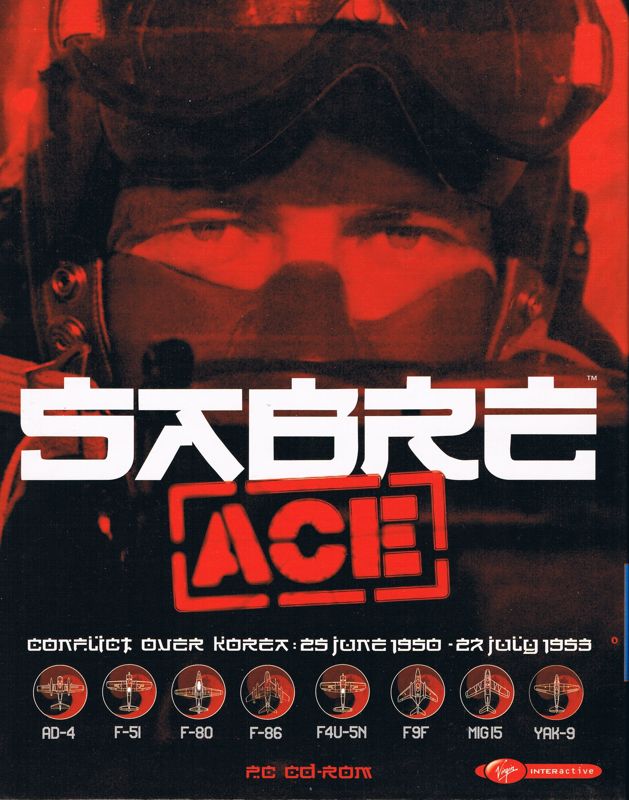
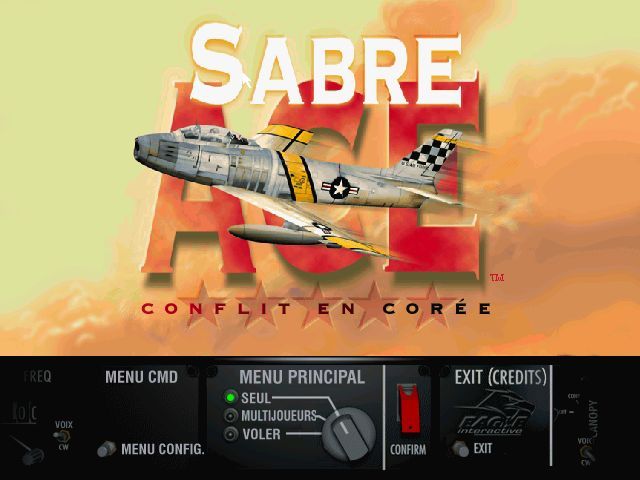
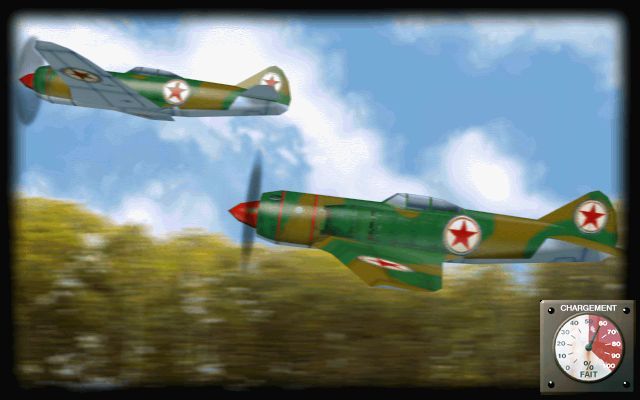
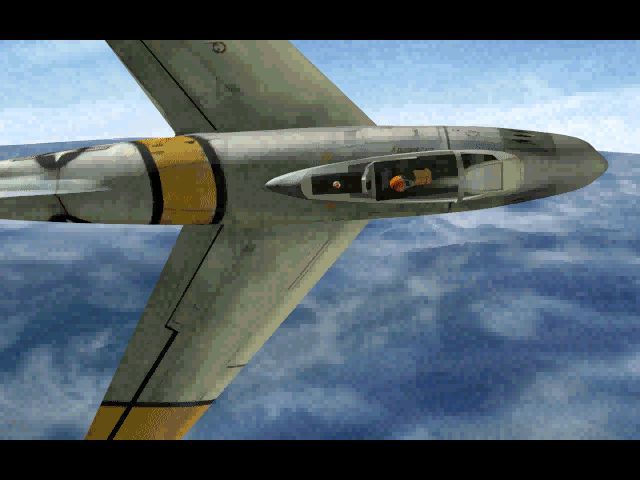
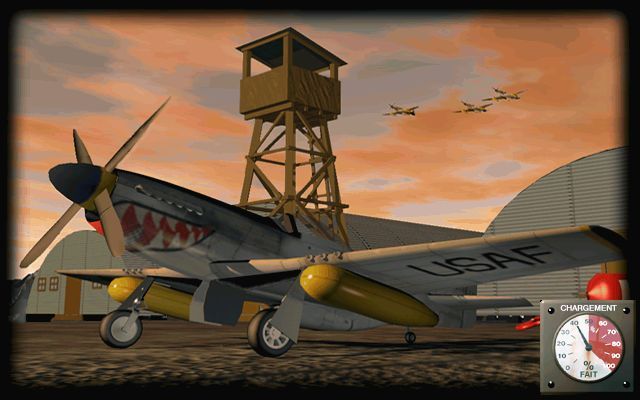
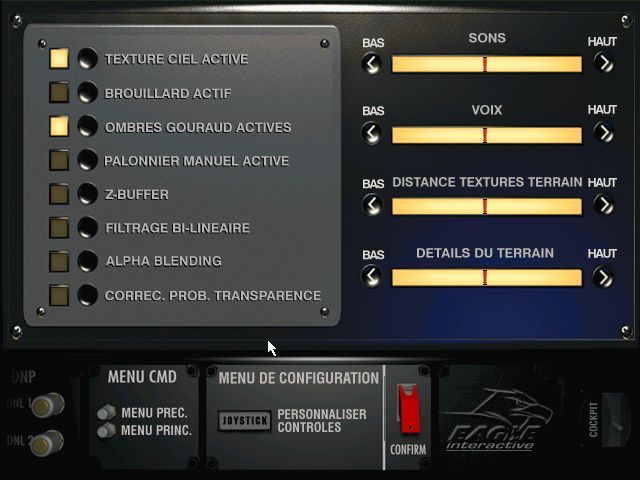



Reviews
There are no reviews yet.